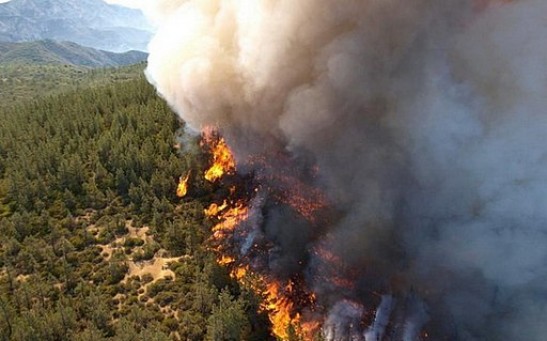Wildfires
![Saber-Toothed Cats, Dire Wolf, More Become Extinct Due to Wildfires, Human Dynamics [Study]](https://1721181113.rsc.cdn77.org/data/images/full/48412/saber-toothed-cats-dire-wolf-more-become-extinct-due-to-wildfires-human-dynamics-study.jpg?w=237&h=131)
Saber-Toothed Cats, Dire Wolves, More Become Extinct Due to Wildfires, Human Dynamics [Study]
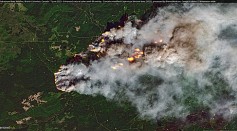
Canada’s Yellowknife City Under Evacuation as Wildfires Reaches North
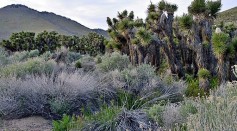
Joshua Tree Forest in Mojave National Preserve Might Be Gone Forever As Wildfire Altered Desert Landscape
How Can Ecosystem Benefit From Wildfires? The Right Level of Catastrophe Help Shape Ecology
Caldor Fire: Satellite Captures Stunning Time-Lapse of the California Fire Near Lake Tahoe
Siberian Wildfires Produce 800 Megatons of Carbon Dioxide in Less Than 3 Months
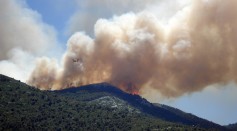
Lightning-Sparked Wildfires Expected to Decline But Average Size of Blaze Will Increase, OSU Models Suggests
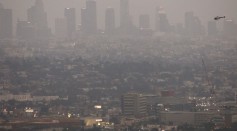
Satellite Mapping Shows Smoke from US Forest Fires Reaching Europe
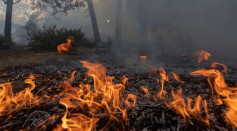
Arctic Wildfires Result in Record-Breaking Greenhouse Gas Emissions
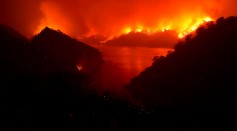
California Wildfires Visible From Space, Astronaut Sends "Thoughts and Prayers"
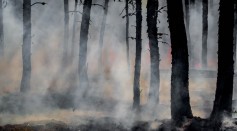
Climate Change Hits Australia and Changes Forests
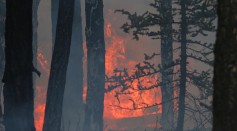
Wildfires Will Be More Frequent With The Increasing Temperature Due To Climate Change
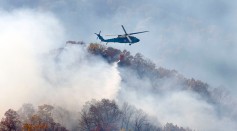
People Cause U.S. Wildfire More Than Nature
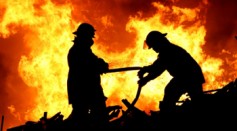
Climate Change May Spark A Wildfire Or Two in Our Future
Most Popular

How Technology Is Changing the Real Estate Industry?

Study Reveals High Turnover in Scientific Research Careers: What This Means for Future Scientists

How a Plant-Based Diet Can Protect Against Breast Cancer: Insights from Nutrition Research

Why It's So Difficult to Lose Weight: The Biological Explanation Behind Obesity

